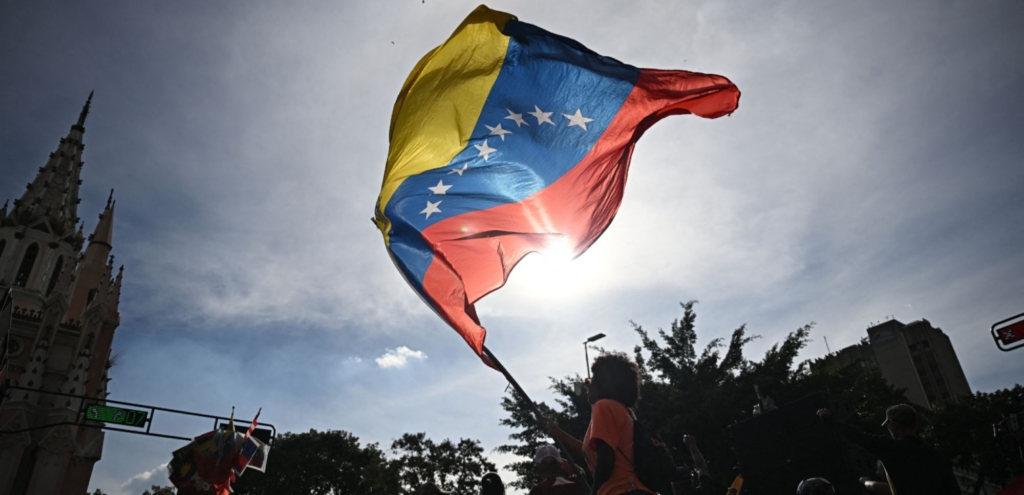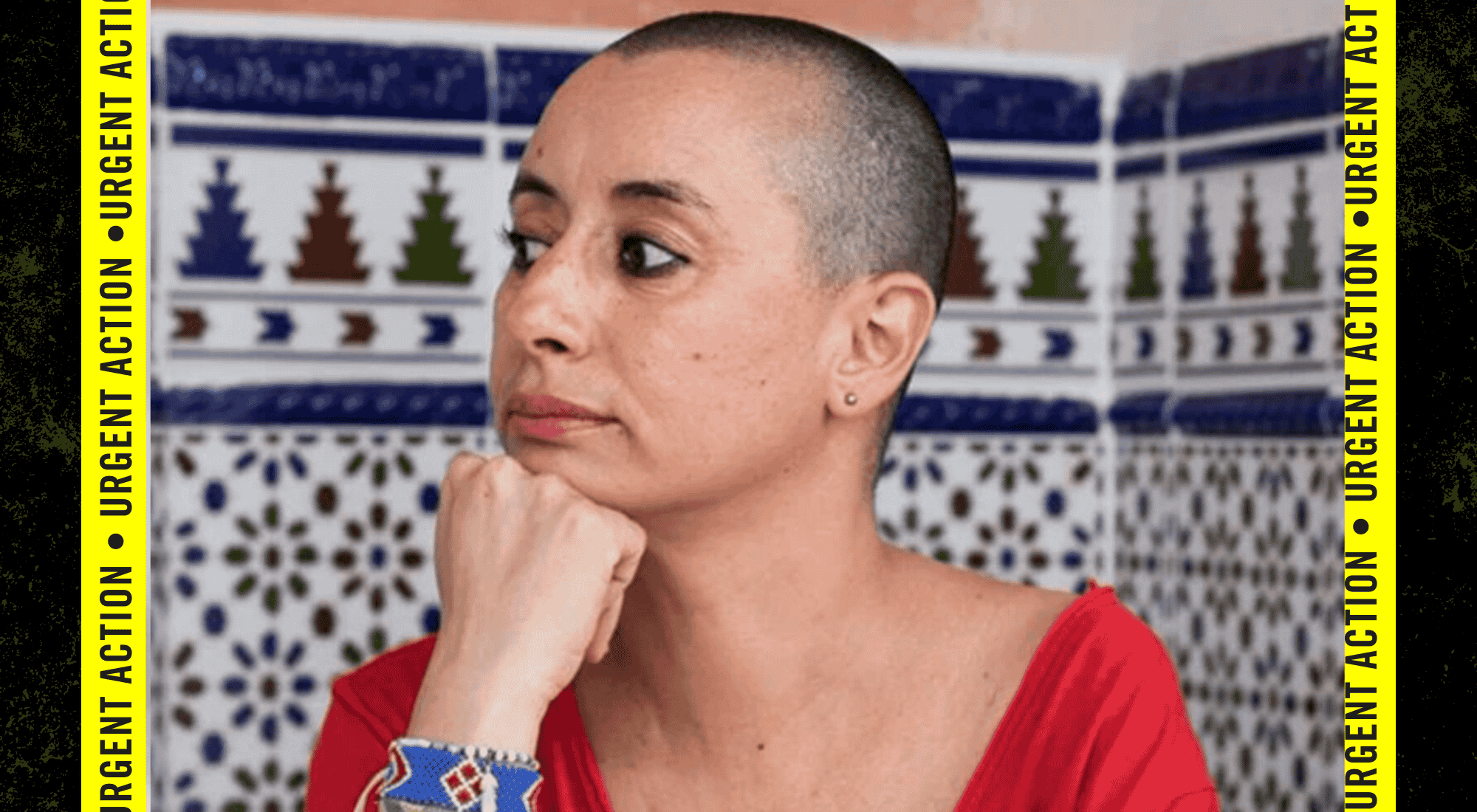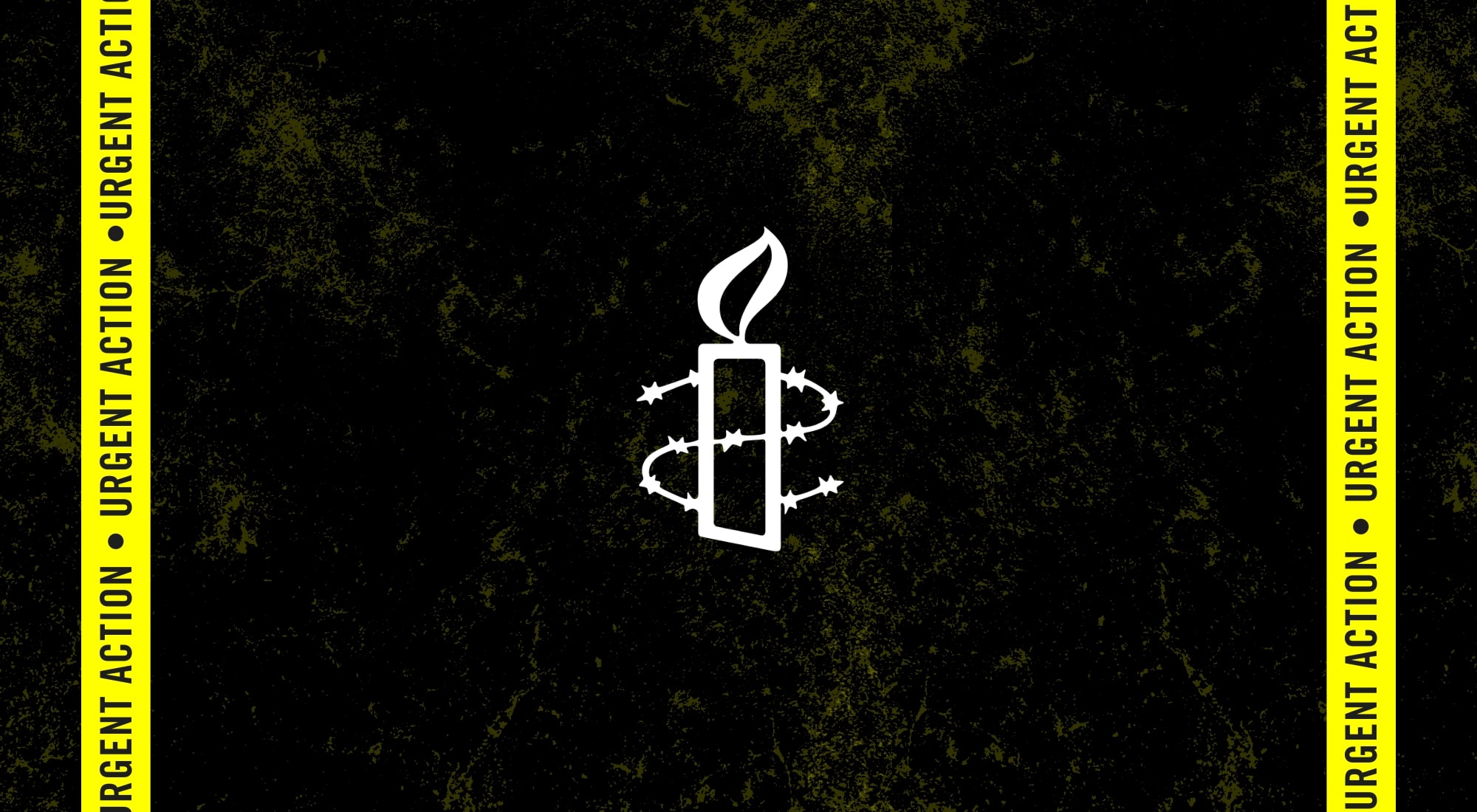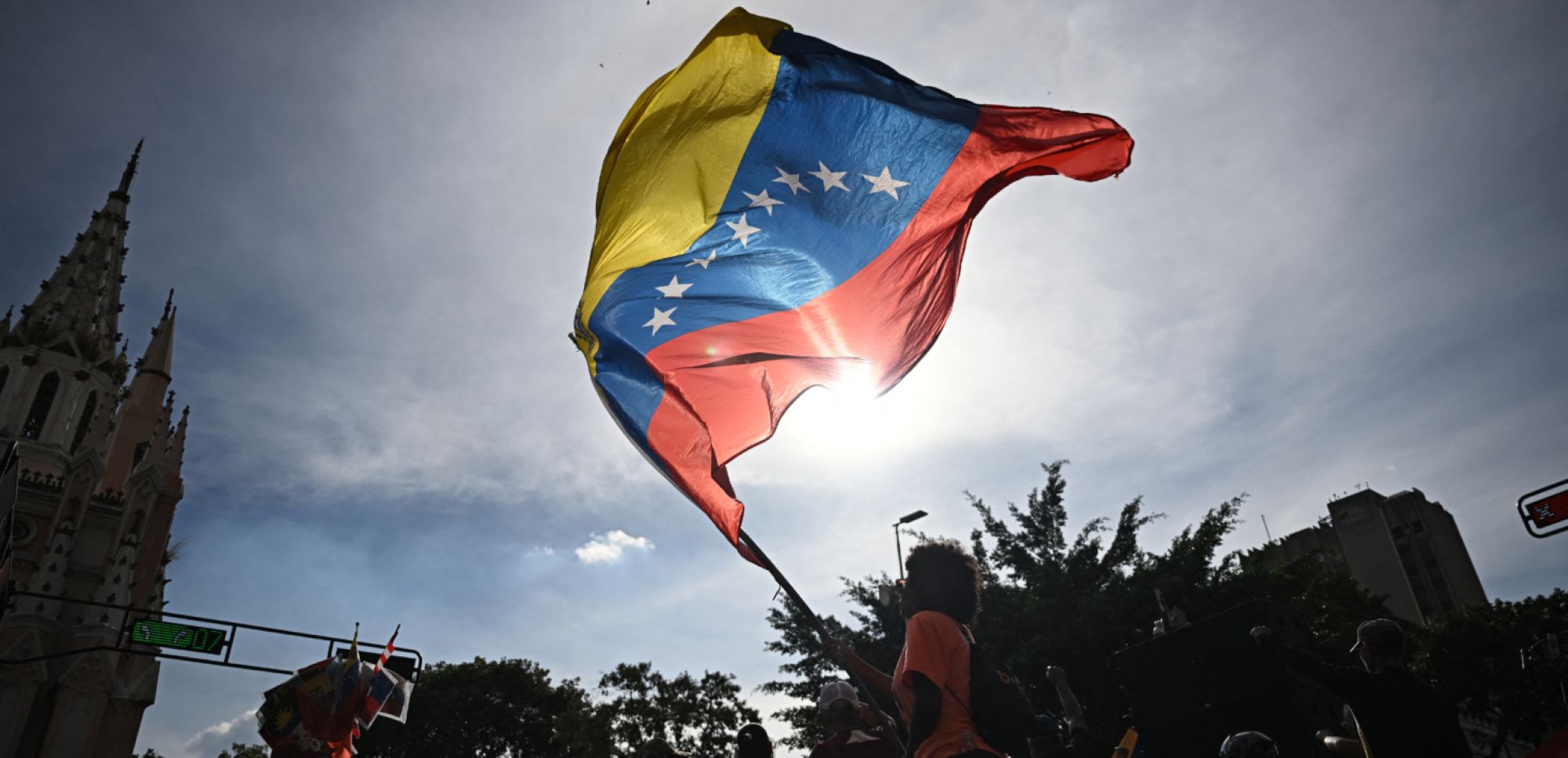Updated May 22, 2020
Shocking footage of Rohingya women, men and children being rescued off rickety boats after dangerous sea voyages is still being broadcast around the world.
According to reports, more boats – carrying hundreds more Rohingya people – are still stranded at sea and in urgent need of rescue. These vessels have nowhere to land, as countries ignore international obligations to allow safe disembarkation, using COVID-19 restrictions as a pretext.
These policies raise the risk of repeating the dangerous mistakes of 2015, when the break-up of trafficking networks left thousands of Rohingya stranded in Southeast Asian waters, with likely hundreds losing their lives.
Here, Amnesty International explains why the Rohingya are still risking everything to flee crowded refugee camps in Bangladesh and apartheid conditions in Myanmar.
We also explain how countries in the region can help, and why the Rohingya shouldn’t be sent back to Myanmar.
Who are the Rohingya people?
The Rohingya are a predominantly Muslim ethnic minority in Myanmar. Until recently, more than a million of them lived mostly in Rakhine State, in the west of the country near the border with Bangladesh.
Virtually all of them have had their citizenship revoked and have no reasonable claim to citizenship in any other country. Myanmar insists that there is no such group in the country, instead claiming that they are “illegal immigrants” from Bangladesh. Its refusal to recognize them as citizens renders the majority of them stateless.
Their lack of citizenship has had a number of deeply negative impacts on their lives, and has allowed the authorities in Myanmar to severely restrict their freedom of movement, effectively segregating them from the rest of society. As a result, they struggle to access healthcare, schools and jobs. This systematic discrimination amounts to apartheid, a crime against humanity under international law.
How have so many Rohingya ended up in Bangladesh as refugees?
Since August 2017, more than 740,000 Rohingya have fled their homes in Myanmar’s northern Rakhine State after the military unleashed a brutal campaign of violence against them.
During this campaign, launched in response to coordinated attacks on security posts by an armed group called the Arakan Rohingya Salvation Army (ARSA) on 25 August 2017, security forces killed thousands of Rohingya people, raped women and girls, hauled men and boys off to detention sites where they were tortured, and burned hundreds of homes and villages to the ground in what were clearly crimes against humanity.
A UN fact-finding mission has concluded these crimes may also constitute genocide. In the years after the campaign, Rohingya have continued to flee across the border in smaller numbers escaping persecution and increased armed conflict in Rakhine state. In October 2018 a representative of the fact-finding mission said “it is an ongoing genocide” in Myanmar.
While the crisis in Rakhine State since August 2017 is unprecedented in the scale of displacement, it’s not the first time the Rohingya have been subject to violent expulsion from their homes, villages and country at the hands of the Myanmar state. In the late 1970s and again in the early 1990s hundreds of thousands of people were forced to flee to Bangladesh after major military crackdowns which were accompanied by wide-ranging human rights violations.
More recently, in 2016 – in what many saw as a prelude to the 2017 violence – almost 90,000 Rohingya were forced to flee to Bangladesh after Myanmar security forces responded to attacks on police posts by ARSA. The campaign of violence targeted the community as a whole. At the time, Amnesty International concluded that these actions may have amounted to crimes against humanity.
Today, estimates place the number of Rohingya refugees in Bangladesh at nearly 1 million.
Why are Rohingya still fleeing by boat?
Living in apartheid conditions in Myanmar and constrained by lack of livelihood opportunities in the refugee camps in Bangladesh, the Rohingya have made attempts to reach Malaysia, Thailand, Indonesia and other countries. Lacking visas, travel documents and subject to strict restrictions on movement that make overland connections nearly impossible, boats are often the only option.
While the Bangladeshi government has generously hosted refugees, it has not given the vast majority refugee status – leaving them without legal status on either side of the border. Bangladesh is not a state party to the 1951 UN Convention related to the Status of Refugees or its 1967 Protocol.
In Bangladesh, Rohingya are squeezed into threadbare shelters, mostly made of flimsy tarpaulin and bamboo. During the upcoming monsoon season due in June, many homes could be badly damaged as in previous years. Cox’s Bazar, where most of the Rohingya refugees are located, is prone to both landslides and flash floods. A cyclone during this period would make the situation even worse. The camps are extremely congested, with a density of 40,000 people per square kilometre. The area where most of the Rohingya refugees have taken shelter is large enough to count as Bangladesh’s fourth largest city, with nearly a million people, including the local host community.
Bangladesh authorities have imposed sweeping internet shutdowns on the refugee camps, leaving the community increasingly isolated and unable to access crucial information on how to protect themselves in the pandemic, even as COVID-19 threatens to kill many people in the cramped quarters of the camps after the first case was detected there this month.
How can we help Rohingya people stranded at sea?
South and Southeast Asian governments must immediately launch search and rescue operations for Rohingya stranded at sea, bringing food, medicine and allowing safe disembarkation. Authorities must not forcibly push boats back. The response to the COVID-19 pandemic should not be an excuse to block Rohingya from landing safely and seeking asylum.
Authorities should ensure the UN refugee agency, UNHCR, has full and unimpeded access to those who arrive by boat. No Rohingya should have to go through any more distress than what they have already been through, with the exception of their time required in quarantine and medical treatment that are administered by the humanitarian agencies.
The Governments of Bangladesh and Myanmar must also uphold their commitment that Rohingya refugees will only return safely, voluntarily and with dignity. Both governments must ensure that refugees in Bangladesh are able to make free and informed choices about returning to Myanmar, based on access to full and impartial information about conditions in Rakhine State and the support to remain in Bangladesh if they choose to do so.
Both governments must also ensure that Rohingya are consulted and included in all decisions affecting their futures. At the moment, Rohingya refugees do not have a seat at the table, and decisions about their future are being made without their knowledge and therefore obviously without their consent.
Earlier this month, Rohingya people rescued by Bangladesh authorities were taken to Bhashan Char, a remote island off the coast near where many of the Rohingya refugee camps are located. Authorities have said that they are being kept there in quarantine. There are many concerns about the facilities on Bhashan Char – including the island’s ability to sustain devastating cyclones, a regular threat in Bangladesh. More importantly, a technical assessment of the island by the United Nations remains pending to determine habitability there. It is imperative that Rohingya are not kept in the island against their will.
Authorities should also allow the free flow of information in both the crowded camps in Bangladesh and in parts of Myanmar’s northern Rakhine and southern Chin States where the internet is currently blocked, so that Rohingya are fully aware of measures to respond to the pandemic and how to protect themselves and their family members.
Aside from internet access, measures specifically aimed at protecting older refugees need to be taken, as many do not have access to smartphones. In addition, there is an urgent need for access to clean water, soap and help with social distancing measures for all refugees to fully ensure the right to health during the pandemic.
The international community must also do much more to support Bangladesh and share the responsibility and financial burden of hosting almost a million refugees at a time when its economy is already under strain from the pandemic-related global slowdown. Finally, Rohingya refugees are entitled to continue to seek asylum and states must keep borders open to refugees who continue to flee now or will do so in the future.
Is it safe for Rohingya people to return to Myanmar?
Rohingya people are at risk of serious human rights violations in Myanmar. International law – in particular the principle of non-refoulement – forbids states from returning people to a place where their lives or freedoms would be at serious risk.
Indeed, the UN has repeatedly stated that conditions in Myanmar are not conducive to returns. Conditions in Myanmar have deteriorated further after fighting between the Arakan Army – a separate armed group calling for more autonomy for ethnic Rakhine Buddhists – and the Myanmar military escalated in January 2019.
The Rohingya have an inalienable human right to return to and reside in Myanmar – it is their home, and if they choose to, they must be allowed to return. But governments must not organize returns unless they are safe, voluntary, sustainable and dignified.
As part of this, the entrenched system of discrimination and segregation that made the Rohingya flee in the first place has to be dismantled. Safe and dignified returns mean guaranteeing that once back, they can enjoy equal rights and citizenship and that widespread and systematic human rights violations – including crimes under international law – will stop.
Safe and dignified returns also require those responsible for the horrific abuses against the Rohingya to be held to account. As it stands, almost all perpetrators remain at large and continue to evade justice, while maintaining positions of power that enable them to perpetrate more violations. The Rohingya cannot be left living in fear of a fresh wave of violence that will, if they survive, drive them across the border yet again.
In January 2020, the International Court of Justice (ICJ) ordered Myanmar to take “provisional measures” to prevent genocidal acts against the Rohingya community after the Gambia filed a case accusing Myanmar of breaching its obligations under the 1948 Genocide Convention. The Myanmar authorities have done very little to comply with the order so far.
However, the Court has no jurisdiction to try individuals accused of abuses against the Rohingya and against other minorities in Rakhine, Kachin and northern Shan states. Therefore, the UN Security Council must refer the situation in Myanmar to the International Criminal Court (ICC).





















